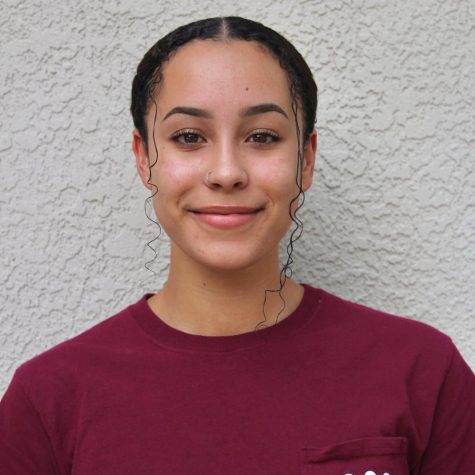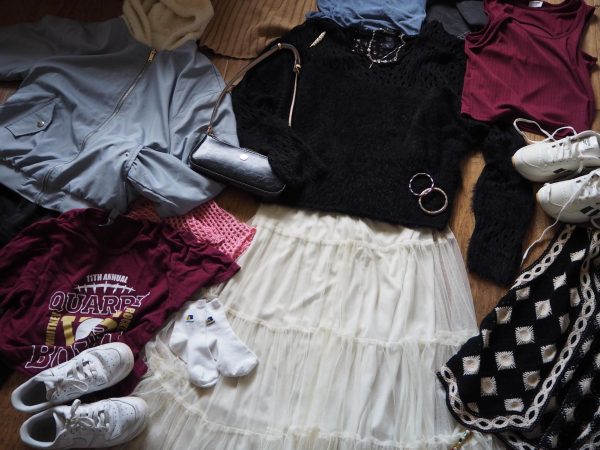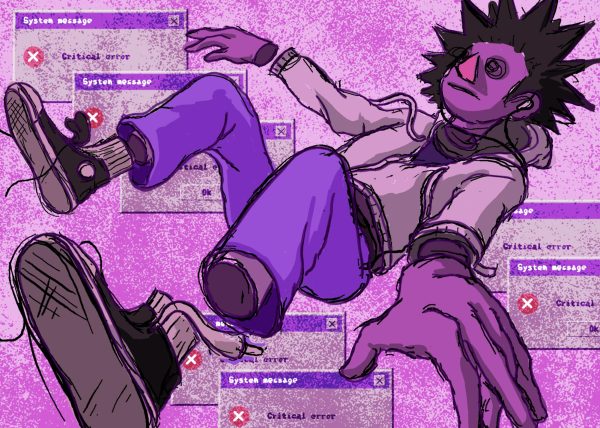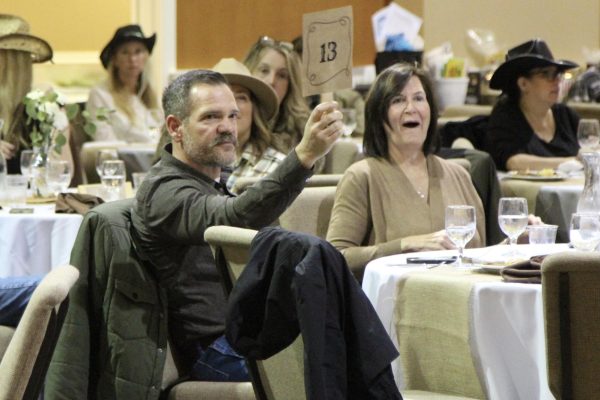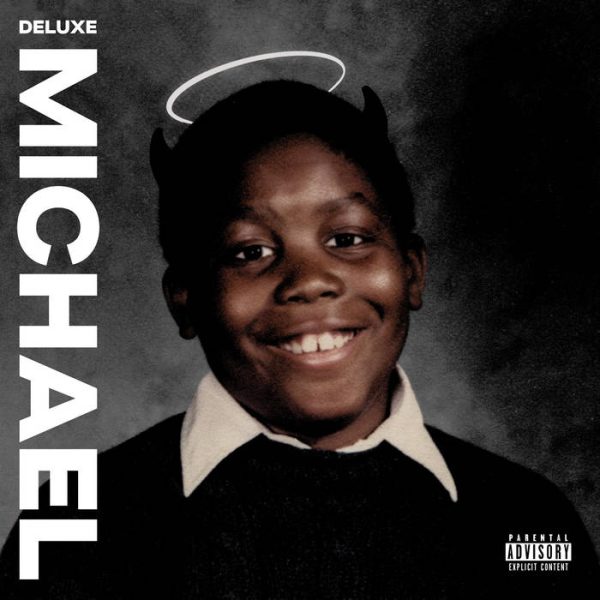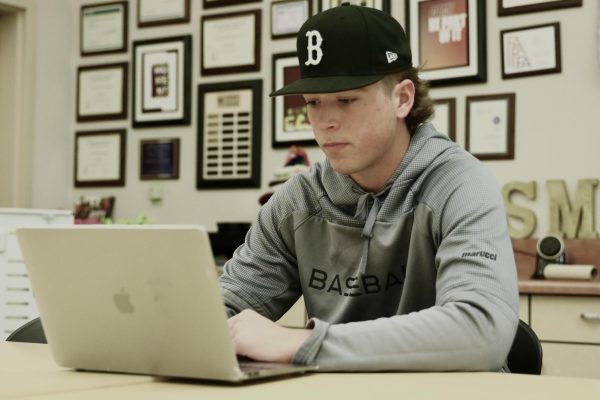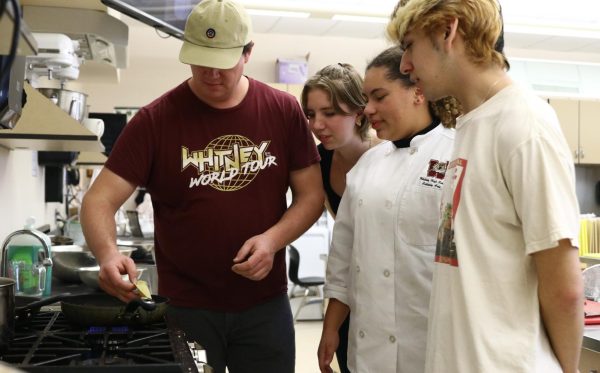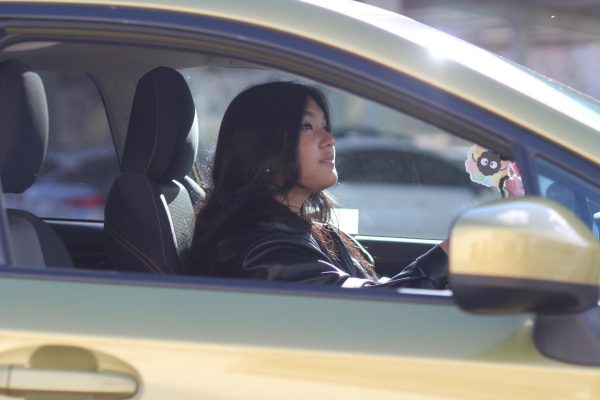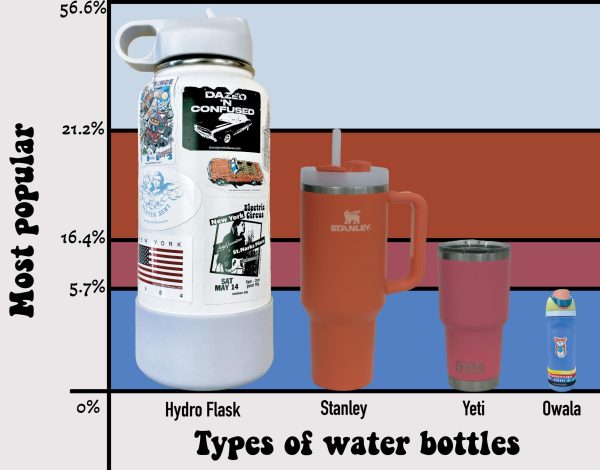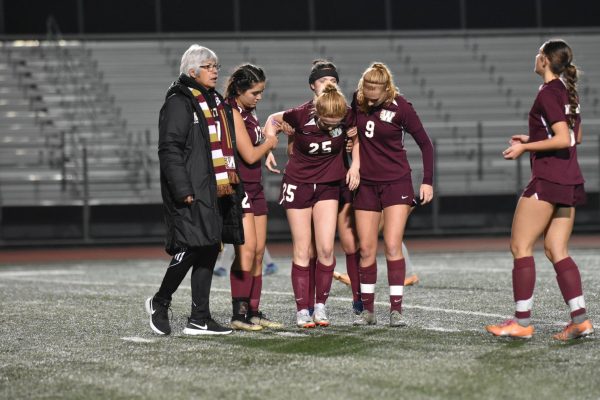Black Lives Matter activism sparks up in the community
Despite the growth of the COVID-19 pandemic, recent documented events of police brutality have reignited the Black Lives Matter (BLM) movement. The movement first began in July of 2013 in response the murder of Trayvon Martin after the officer who killed him was acquitted of all charges. The movement has been ongoing since then, but has recently gotten more attention following the murder of George Floyd by police officers.
One of the main categories of racial issues that BLM stands against is racial injustice through police brutality and the systemic racism within the institution itself. Some of the more commonly known victims of police brutality such as George Floyd, Elijah McClain and Breonna Taylor, have recently been what’s ignited the movement, but this injustice happens everyday to people who don’t get to share their stories.
“I know that it could be me or one of my family members or close friends one day. It is horrible to think that one day the police could kill me without a valid reason and still walk free,” Ravyn Davis said. “That’s why when people don’t support the movement, it mainly just makes me sad because I take it very personally. It feels as if the opposition thinks that my life is invalid and insignificant. I don’t understand how people don’t support getting justice for and putting an end to police brutality.”
People all over the country, and even the world — in London, Seoul, Sydney, Rio de Janeiro and others — are protesting police brutality, racism and discrimination towards people of color. Locally, Maddie Gillis, a student at Rocklin High School, has taken steps to contribute and do her part.
“My mom and I have gone out to the protests around Rocklin in the past couple months and I signed up for Color of Change, which is where they send out emails about certain events and petitions that need to be signed. My family has also donated to the cause and signed petitions to help,” Gillis said.
Because of the ongoing pandemic, not everyone chooses to go out to the protests, but there are other ways students have shown their support for the cause. Kira Thompson and her friends decided to hang signs supporting the movement on the overpass over Interstate 65 off of Pleasant Grove. The signs were taken down days after.
“I have signed a couple petitions and have continued to stay educated on what is happening day to day. I really wanted to attend and be a part of the protests, but wasn’t allowed to unfortunately because of COVID. Just the other day, a couple of my friends and I got together and bought some poster boards and markers from the Dollar Store to make BLM posters. After about two hours of drawing, we decided to drive to a big freeway overpass in Rocklin and hang them on the fence so cars could read them as they drove by,” Thompson said.
Many students have also participated in reposting things about the movement onto their social media stories. There are mixed opinions regarding whether or not posting on social media platforms is helpful or necessary.
I think everyone who has the privilege and the platform to speak out should do so because it’s the silence that shows one’s toleration of what’s going on.
— Camden Winton
“I post on social media because I think it’s one of the most influential ways to spread the word, since almost everyone has it. Some of my family members kind of look down on me for posting so much political stuff on my social media, but I could not care less because I have my own voice and platform, so why not use it? I think everyone who has the privilege and the platform to speak out should do so because it’s the silence that shows one’s toleration of what’s going on. Not saying anything is essentially just as bad as posting things to counter or distract from the movement,” Camden Winton said.
The racism that still exists in today’s society has been a lasting struggle for people of color. People like Gillis have made it a priority to contribute to the betterment of society in treating all people equally through the BLM movement.
“I strongly support the movement because I believe that there are a lot of racially motivated crimes happening all over the United States. Many turn a blind eye to it because it isn’t affecting them personally, and seeing that happen is very frustrating. It’s very important to me because I don’t understand how anyone can think someone is lesser than them because of their skin color, and I want to make a change,” Gillis said.
Members of the black community have to endure this racial injustice in their own communities. In her life, Davis has experienced unequal and discriminatory treatment first hand.
“One time, a couple of years ago, my friend Hannah, who is white, wanted to go to Sportsman’s Warehouse to sit and hangout in one of the tents. This is something she said she did all the time with her other friends, who were all white girls. This time it was me, Hannah, and our other friend, who was biracial, and we got kicked out of the store for doing the same thing that she does all the time,” Davis said.
This recurring discrimination led Davis to start the Black Student Union (BSU) on campus last year. She is the current president and has since recruited a team of leaders and club members.
“I started the club because there was a student at lunch who was saying the n word, and that, of course, made the black students who heard about it mad. I’m hoping that BSU will give students a safe space to express discontent with the racial issues on campus and around the world, as well as continue to educate ourselves and build a community,” Davis said.
Although there are people who do support the movement in our community, there are also people who don’t. Students countering or acting against BLM disappoint those who are actively involved in furthering the movement. For example, a July 25 event nearby in Loomis was met with opposition, and people counterprotested with “all lives matter” and “blue lives matter” chants.
“Honestly, it makes me very sad to see individuals who don’t support the movement. The whole idea of Black Lives Matter is simply that Black lives matter. It doesn’t mean that only black lives matter or anyone else’s life matters less because of this. I think a lot of people misinterpret this movement to be something it’s actually the complete opposite of — that’s why it’s very important that people research, sign petitions, and have discussions with family members or friends,” Thompson said.
BLM is a movement that is attempting to bring to light the injustice and discrimination directed at people of color, but not everyone who supports it has experienced racism first hand. Anyone who wants to make a change in the way people of color are treated are encouraged to participate.
Winton said, “I’ve only ever experienced discrimination just because I am a woman, but because I’m white, I’ve never personally experienced discrimination due to the color of my skin. That being said, plenty of people that I’m friends with and people who I’m not friends with have experienced discrimination and racism towards them because of their skin. It’s really infuriating that there is still discrimination and racism in the world today, I don’t even know how to describe how horrible it is.”
BY ANGELA ROBERSON & ELIZA BROWN


